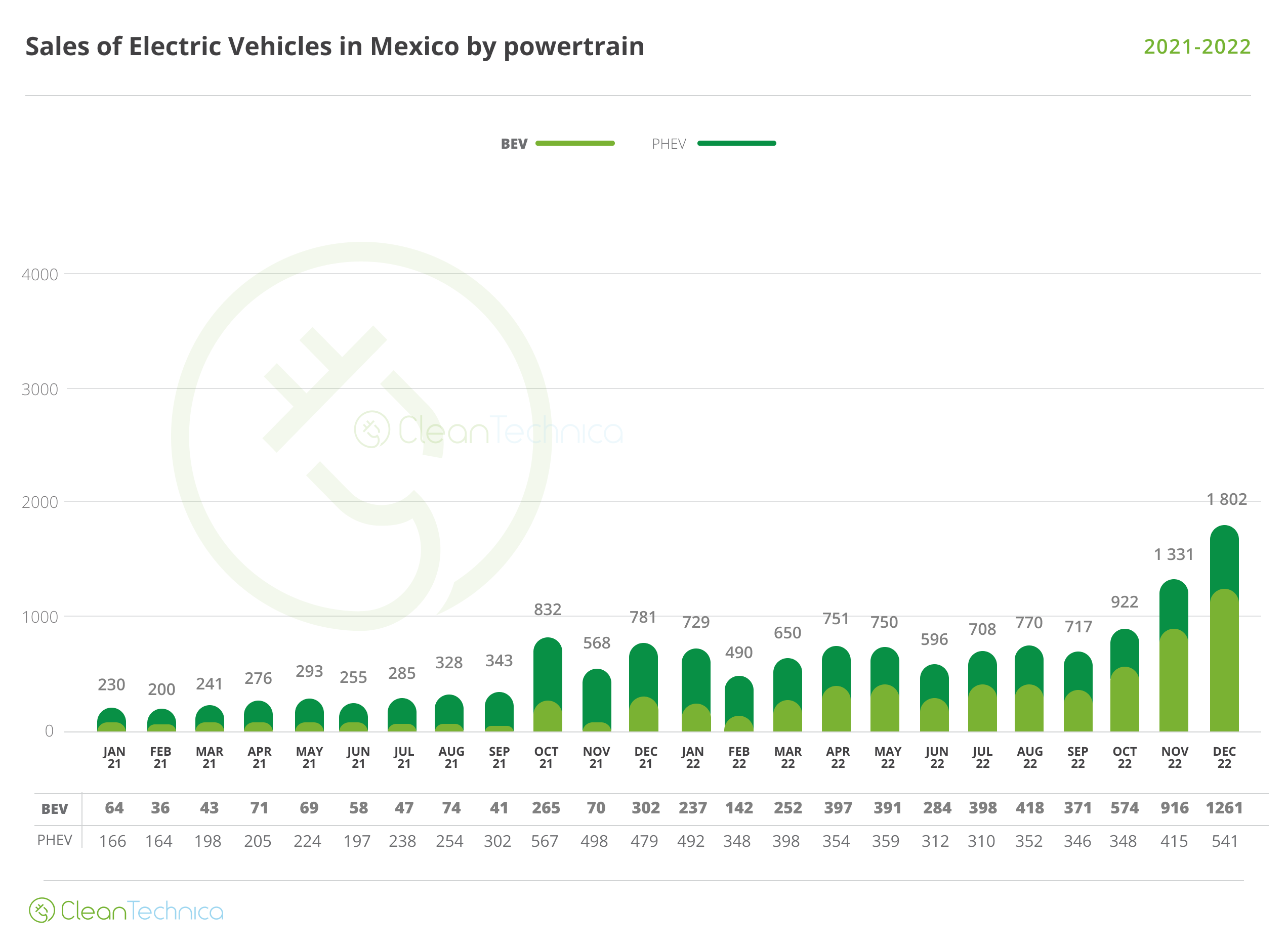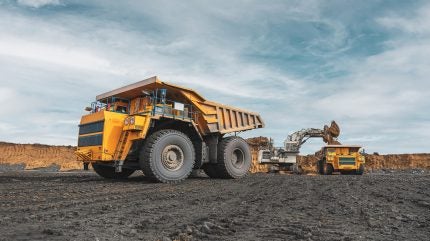Sign up for daily news updates from CleanTechnica on email. Or follow us on Google News!
The idea of sending a kite high up into the sky to harvest wind energy has been percolating on the back burner for 20 years or more, and all that hard work is beginning to pay off. The Norwegian firm Kitemill has just nailed down a competitive EU grant of €2.5 million to get its KM2 airborne wind energy project off the ground, and that’s just the latest in a stream of funding aimed at supporting the venture.
Follow The Money To Airborne Wind Energy
The numbers behind Kitemill have been adding up over the years. In addition to the new EU grant, the firm takes note of €2 million in funding this year, a combination of the Dutch family-owned investment group Expanding Dreams and smaller investors, along with a tax relief grant.
“A massive future windfall is also on the horizon with Kitemill now eligible for the EU’s ‘Blended Finance’ programme match-funding up to €8million of private investment,” the company adds.
That’s not all. Kitemill also mentions that the EU provided a grant of €3.35 million in 2019 and another grant of €2.4 million in 2022. On top of that, the company recieved a grant from the European Innovation Fund of CINEA (the Climate, Infrastructure and Environment Executive Agency), to support 12 KM2 demonstration systems under the umbrella of the Norse Airborne Wind Energy Project.
What’s Up With Airborne Wind Energy?
CleanTechnica has taken note of several kite-based wind energy projects over the years, though “kite” is probably not the most descriptive word in Kitemill’s case. The company’s airborne wind energy harvester closely resembles a drone.
In addition to drones, kite-like devices and balloons are among the approaches taken by other airborne energy innovators, but the going has been rough.
Back in 2017, for example, CleanTechnica took note of Google’s now-defunct Makani project and a Dutch startup called Ampyx. The basic idea seems simple enough. “Tethered to a stationary platform by a cable, the drone-like device circles at high altitudes,” I observed, adding that “the devil is in the details” (see more airborne wind energy background here).
Ampyx folded in 2022, but that was not the end of the airborne wind energy story. The US Department of Energy’s National Renewable Energy Laboratory is among those making the case for not treating airborne energy harvesting as a lost sock cast off from traditional wind turbines.
In 2021, NREL released a 10-year airborne wind energy (AWE) roadmap. Based on the previous 20 years of R&D, the research team at NREL asserted that “AWE technology is fundamentally different from traditional wind technology…in nearly every aspect and over the entire life cycle.”
“AWE can thus be considered as a separate renewable energy branch, and its success will hinge on the technology’s ability to generate power in a cost-effective and reliable manner over the long term,” NREL added.
Aside from the prospect for mega-scale airborne wind devices, the airborne industry would be a good fit for small-scale distributed wind installations, where sharply lower infrastructure costs would provide a distinctive advantage over traditional wind turbines and wind turbine towers. Although there is a tendency to assume bigger is better, the Energy Department has been pursuing small wind turbines and distributed wind as important elements in a resilient, decentralized grid.
The US Marine Corps is among those working in that direction, in a decade-long partnership with the US firm Windlift. In 2022, the company won a small business grant to for its 24-kilowatt Airborne Power Generator, which can be mounted on a trailer and hauled around as needed. That defense angle could be the key to the company’s survival as it scales up and eyes the offshore wind market. “The Department of Defense has completely funded our prototype with $11 million to date and $11 million more working now,” Windlift explains.
Why Airborne Wind Energy?
Despite the challenges, Kitemill notes that airborne wind harvesting is already competitive with diesel power generation in some markets. The company further foresees that it will be competitive with conventional onshore wind turbines sometime during the 2030s.
Kitemill cites a laundry list of advantages. “Research indicates that harvestable airborne wind energy power is stronger than ground level resources,” the company states, while the use of a tether enables the system to make real-time adjustments to secure optimal altitudes.
“This high-capacity factor ensures a more consistent and stable energy supply alleviating intermittency issues experienced by more established renewables, and supporting future hybrid energy models,” Kitemill notes.
Other advantages cited by the company include reducing materials by up to 90%, primarily by replacing turbine towers with tethers, with a consequent ripple effect on costs and overall sustainability, including transportation and logistics as well as manufacturing and installation.
In an interesting twist, Kitemill is also eyeballing the offshore wind market, including floating wind. The floating offshore wind sector is beginning to adopt vertical axis wind turbines and other advanced designs for harvesting wind energy, so that could present some new opportunities for airborne devices.
Another offshore opportunity could present itself in the repowering field, which is also a focus of Kitemill’s attention. That would primarily involve fixed-bottom offshore wind turbines that have reached the end of their useful lives. Fixed-bottom turbines are perched on top of long monopiles, and these could be repurposed for drone tethering without incurring the expense of new turbine assemblies.
Kitemill is just one example of an airborne wind energy firm that is succeeding where others have failed. In a new market report, the firm Visiongain notes that leading “corporations, venture capitalists, and private investors are increasingly recognising the potential of AWE technologies and are investing in their development and commercialization.”
Considering the potential for airborne energy harvesting to help accelerate the race towards a net zero economy, now would be a good time to draw attention — again — to Project 2025, the Republican Party’s plan for a remake of the US government in the event of a second Trump presidency. Stepping backwards on federal climate action policy is a key part, though not the only part, of the plan.
Republican Party leadership has already guaranteed that Trump can only lose if the other side cheats, reiterating a now-familiar refrain from the 2016 and 2020 campaigns. Doesn’t this ever get old?
Be that as it may, we’ll see what happens after the 2024 Democratic National Committee holds its nominating convention next month. Vice President Kamala Harris stepping in for President Biden was not on anybody’s bingo card at the beginning of the summer, but it has been an awfully strange year. If you have any thoughts about that, drop us a note in the comment thread.
Photo: “Employees are the company’s most important resource, and Kitemill now has a carefully selected team of international experts. With the acquisition of UK-based KPS and Netherlands-based eKite, the team has expanded and become more international”. Image courtesy of Kitemill.
Have a tip for CleanTechnica? Want to advertise? Want to suggest a guest for our CleanTech Talk podcast? Contact us here.
Latest CleanTechnica.TV Videos
CleanTechnica uses affiliate links. See our policy here.
CleanTechnica’s Comment Policy





